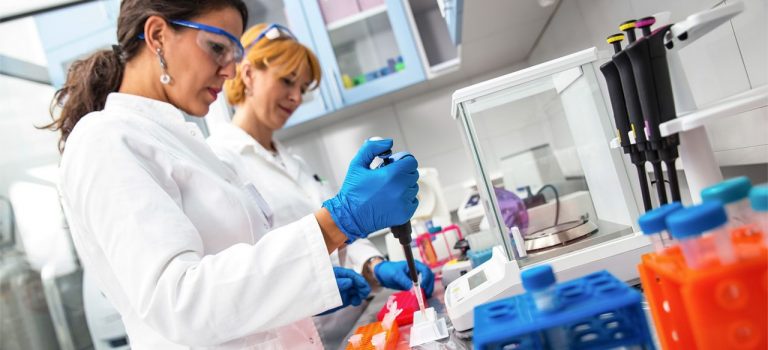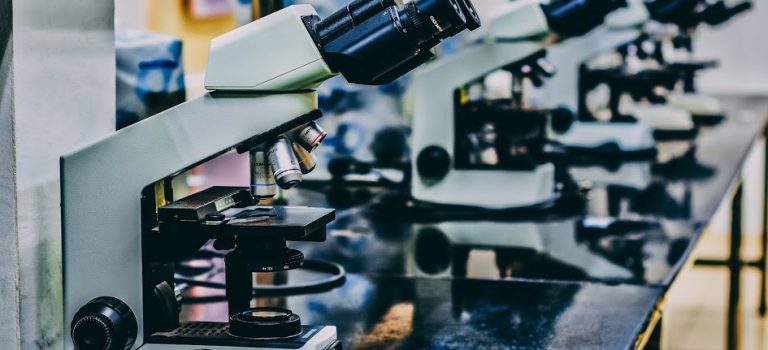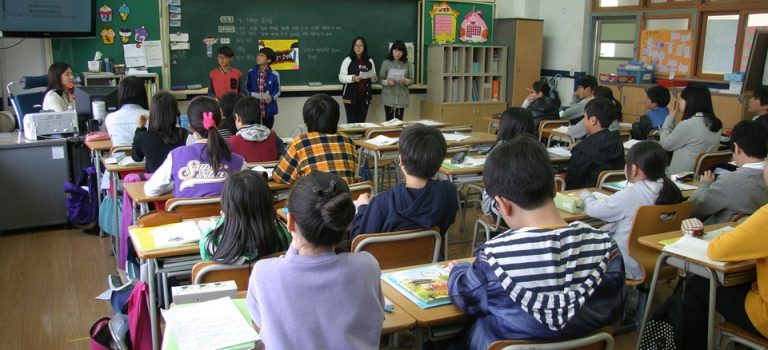It’s no secret that women are under-represented in the offices of most tech companies and laboratories today. Although more women than men complete tertiary education across high-income countries, they account for just 25 percent of graduates in information and communications technology, and 24 percent in engineering. Less clear, however, are the reasons behind this gender gap.
Some studies have pointed to discrimination or the absence of affordable childcare, while others have highlighted the importance of professional networks and personal preferences. Now, new research has shed light on another factor that may be at work: girls’ confidence in science, and their relative strength in other subjects.
The latest issue of PISA in Focus takes a closer look at this research, which was published last year by Gijsbert Stoet and David Geary. Their paper analyses PISA 2015 data to explore the nature of the gender gap in science, technology, engineering and mathematics (STEM) fields. Girls outperformed boys in science in 19 of the 67 countries and economies that participated in PISA, the paper notes, while boys outperformed girls in 22. (Gender differences were not statistically significant in the remaining 26 countries.)
The authors then analysed gender gaps by looking at each student’s “relative performance” (or “strength”) across the three subjects: reading, mathematics and science. In nearly all countries, they found that boys scored higher in science and mathematics compared to their average across all subjects, while girls scored higher in reading. These differences could explain why boys are more likely to choose careers in STEM fields, even though both girls and boys perform at similar levels: students may choose their field of study based on their comparative strengths, rather than on their absolute strengths. Girls may be as competent in science as boys, but they are likely to be even better in reading.
Students’ career choices may be influenced by their understanding of their relative academic strengths, as well as their confidence and interest in science.
The findings also show that in 2015, boys’ self-efficacy in science (a measure of confidence when dealing with science topics) was higher than girls’ in 39 out of the 67 countries and economies. Similarly, boys expressed a stronger interest in general science-related topics in 51 countries and economies. These cross-gender differences in relative academic strength, self-efficacy, and interest in science account for a large proportion of the deficit in women’s STEM graduation rates.
The authors used different PISA-based criteria to calculate the share of girls whom one could expect to complete a university STEM degree. Among all students, the share of girls who attained PISA proficiency Level 4 in all three domains (49%) was far higher than the share of women who graduated with a university STEM degree between 2012 and 2015 (28%). When the authors further restricted the field of potential STEM graduates to high performers who expressed strong enjoyment, interest and self-efficacy in science, girls accounted for 41% of the pool.
Notably, the difference between expected and actual proportions of women among STEM graduates shrank significantly when the authors further restricted their student pool to those who were relatively stronger in science and mathematics, rather than reading. Using this definition, only one in three girls (34%) was expected to complete a STEM degree. In most countries, however, the percentage of women graduating in a STEM field was still smaller than expected.
The study suggests that students’ career choices may be influenced by their understanding of their relative academic strengths, as well as their confidence and interest in science. Unlike high-performing boys, high-performing girls may not pursue a career in science simply because they are likely to be at or near the top of the class in non-science subjects, too. For policy makers working toward greater gender parity in STEM fields, this implies that tackling boys’ underperformance in reading may be just as important as supporting girls’ attitudes towards STEM subjects.
Read more:


